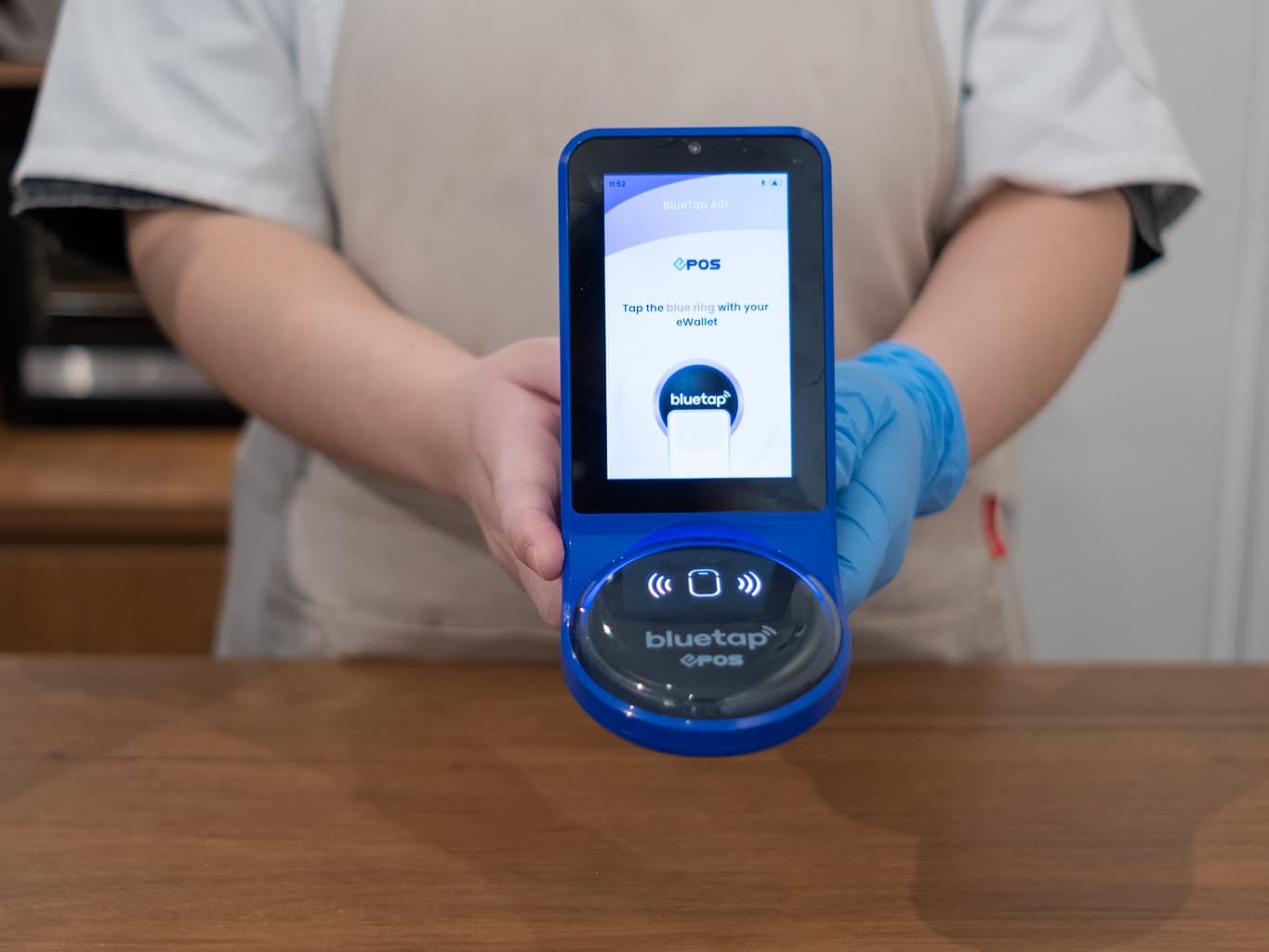
Making Tax Digital Difficult
Why is MTD for Income Tax Proving So Tricky For HMRC?
Hugh Scantlebury, Co-Founder and CEO at Aqilla
Following the release of its Progress with Making Tax Digital Report earlier this year, the National Audit Office revealed that the MTD project is currently five times over budget. This means it will cost £1 billion more than its 2016 budget of £226 million. Beset by problems almost from the start, it has been delayed four times and is now at least eight years behind schedule. And there’s still the matter of implementing MTD for corporation tax at some point in the future. So, how has HMRC fallen so far short of its targets?
Introduction and Context
Making Tax Digital is intended to provide the framework for digital VAT, self-assessment income tax, and corporation tax submissions. Now live, the first component, MTD for VAT, today accounts for 99% of VAT collections. It’s seen within HMRC and wider government circles as a success story. Critics, however, argue that it’s led to regular overstating of VAT liabilities and is yet to reduce submission errors.
That withstanding, the concept behind MTD makes a lot of sense. Why should individuals, businesses and charities have to reformat and resubmit digital data that already exists in their bank accounts — only to send it to someone else who resubmits it again for official auditing and filing?
Automating and speeding up that process seems logical. Indeed, these principles also sit at the heart of advanced accounting and finance software solutions. And I’m wholly supportive of MTD if it ultimately helps people work smarter, frees them from laborious and repetitive tasks, and enables them to deliver more value within their job roles.
Leaning on Third-Party Software Providers for MTD VAT Project Delivery
During the planning stages for MTD, HMRC decided that customers would have to use approved third-party software to provide digital records. So, the responsibility for connecting HMRC customers to the MTD platform fell on third-party financial and accounting software solutions providers. In other European countries where similar schemes have been implemented, the entire framework is provided by the government department responsible for tax collection — so the UK took a very different approach. But was it the right one?
Companies like Aqilla, Sage, and Xero began building MTD VAT compatibility by requesting the necessary APIs from HMRC. Then they worked on connectivity solutions that would enable their software to supply customer data in a way that was compatible with HMRC’s systems and would meet the required security and data protection requirements. This wasn’t a small undertaking for any of us, but it was slightly easier for cloud-based software providers. Vendors offering on-premises accounting software were the ones that really struggled, as their solutions were generally not developed with API integration capabilities.
It’s not possible to put an exact R&D cost on this exercise. But to give some context, MTD was rolled out in March 2019, and most third-party accounting software providers started integration work during the previous summer. So, that’s about eight months of R&D departmental work. We might have all been ready sooner, but HMRC provided very little information on exactly what was required — and the security, accessibility and data structuring goalposts were frequently moved. This, of course, was costing us money, but it would also negatively impact HMRC’s project budget. Certainly, if this process was repeated while developing the self-assessment income tax framework, it’s likely to have contributed to the budget overrun identified by the NAO.
Today, a selected group of software companies are officially authorised for MTD VAT submissions. HMRC’s MTD implementation model, however, meant that some global finance and accounting software providers didn’t see the point in committing their resources to the project. With around just 5% of its customers based in the UK, Oracle, for example, decided not to develop MTD VAT compatibility — and at the time of writing, still doesn’t offer any integration facilities.
History Repeats Itself: MTD for Income Tax
Despite all the setbacks with MTD VAT, HMRC is taking a similar approach to developing the self-assessment framework — and pushing the integration burden onto third-party software developers. Right now, eleven software solutions are compatible with the MTD income tax framework — and a further 20 solutions are in the process of gaining full HMRC recognition.
But HMRC’s problems have been compounded this time around as self-assessment income tax reporting is far more complex than VAT. Companies need to enter just nine figures for VAT reporting and submit supporting data via the MTD platform. But, as anyone who’s completed an income tax self-assessment form knows only too well, they contain many more variables, which makes digital delivery all the more complex.
Some of these issues could have been addressed with more rigorous testing earlier in the project, and HMRC might not have been so far behind or over budget. But, in its report, the NAO uncovered that only minimal MTD income tax testing had been implemented. At the time the report was published, only 1,000 taxpayers signed up for the pilot. It further transpired that most of these volunteers were ineligible, and only 15 participants took part.
Conclusion
The Chartered Institute of Taxation (CIOT) and Association of Taxation Technicians (ATT) is on record stating that the MTD project “feels like it is out of control.” HMRC maintains that it expects to generate £3.9 billion in digital tax revenue by 2033 and deliver a positive return on investment. Critics, however, are calling on the government to re-evaluate the MTD business case urgently. But there’s an election looming. The Treasury is fighting inflation while trying to find money for public sector wage increases. And The Chancellor is attempting to manage all of these factors against a backdrop of historically high national debt. All this makes it seem unlikely that the MTD trajectory will change soon.
In terms of what this means for individuals, I wonder if the requirement to file income tax returns via the MTD framework might push more people to use accountants. They might see this as a viable alternative to downloading — and potentially having to pay for and learning to use — complex software.
I also wonder if it’s also possible for banks with Open Banking capabilities to provide customers with the ability to file MTD income tax returns in a more seamless way — similar to how they enable MTD VAT submissions? I could see the likes of Starling, Monzo, and other challenger banks leading the way. With a native cloud-based infrastructure that’s more amenable to API integration, they might be able to steal a march on traditional high street banks and continue to differentiate themselves from traditional high street banks.
One thing’s for sure at this stage; right now, it doesn’t feel like MTD has simplified self-assessment income submissions for anyone. Let’s hope the situation is remedied soon — as everyone has something they’d rather be doing than submitting returns to The Revenue!


